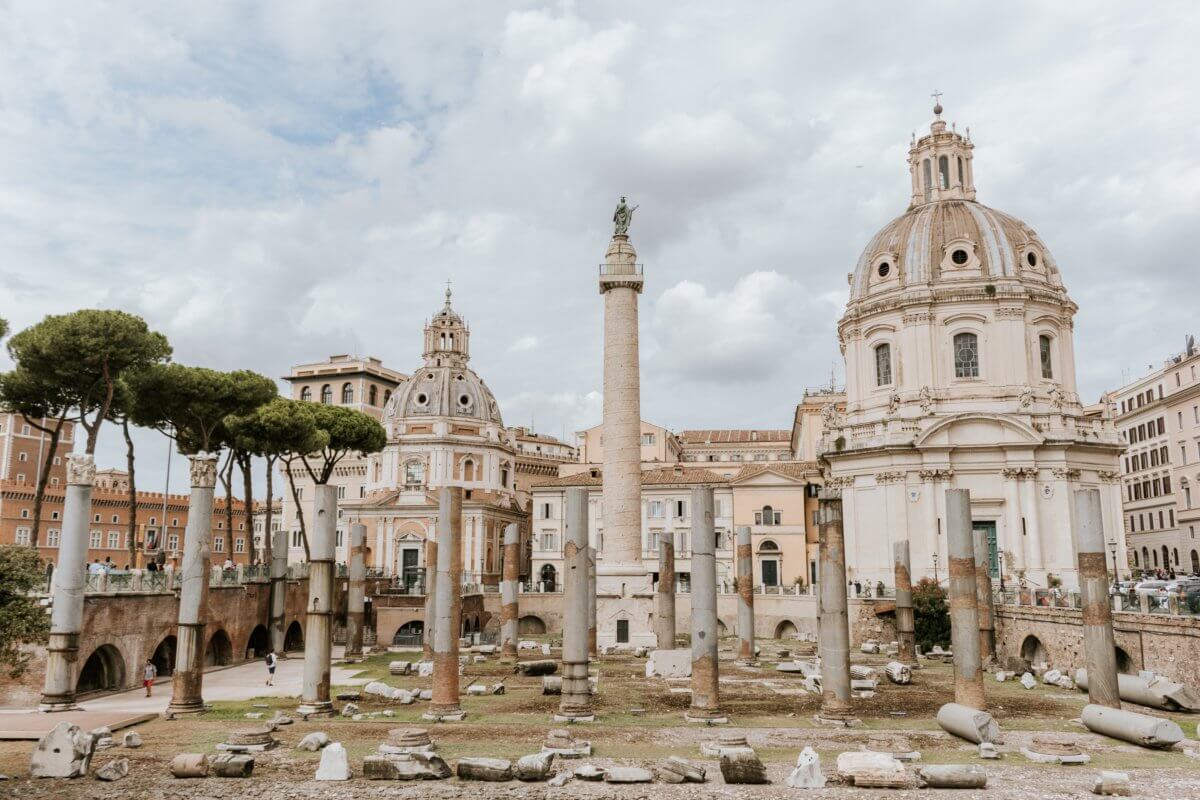How has ancient Roman cement stood test of time so well? Scientists finally have an answer after 2,000 years!

CAMBRIDGE, Mass. — The secret to the durability of Roman concrete — which has stood the test of time for over 2,000 years — has finally been unearthed.
Scientists from MIT have isolated the ingredient that allows Roman concrete to “self-heal,” making it stronger than its modern equivalent. Their “back to the future” findings could help reduce the environmental impact of cement production in today’s society.
The ancient Romans were masters of engineering, building a huge network of roads, aqueducts, ports, and temples — many of which still stand to this very day! Many of these structures were built with concrete, including Rome’s Pantheon, which has the world’s largest unreinforced concrete dome and is still intact despite being dedicated in the year 128 AD. Some ancient Roman aqueducts still deliver water to the Eternal City today, while many modern concrete structures crumble after just a few decades.
Scientists have spent decades trying to figure out the secret of the “ultra-durable” construction material, particularly in structures that endured especially harsh conditions — such as docks, sewers, and seawalls.
Now, an international team has discovered ancient concrete-manufacturing techniques that incorporated several key “self-healing” properties. For years, researchers believed the key to the ancient concrete’s durability was one ingredient: pozzolanic material, such as volcanic ash from the area of Pozzuoli, on the Bay of Naples.
